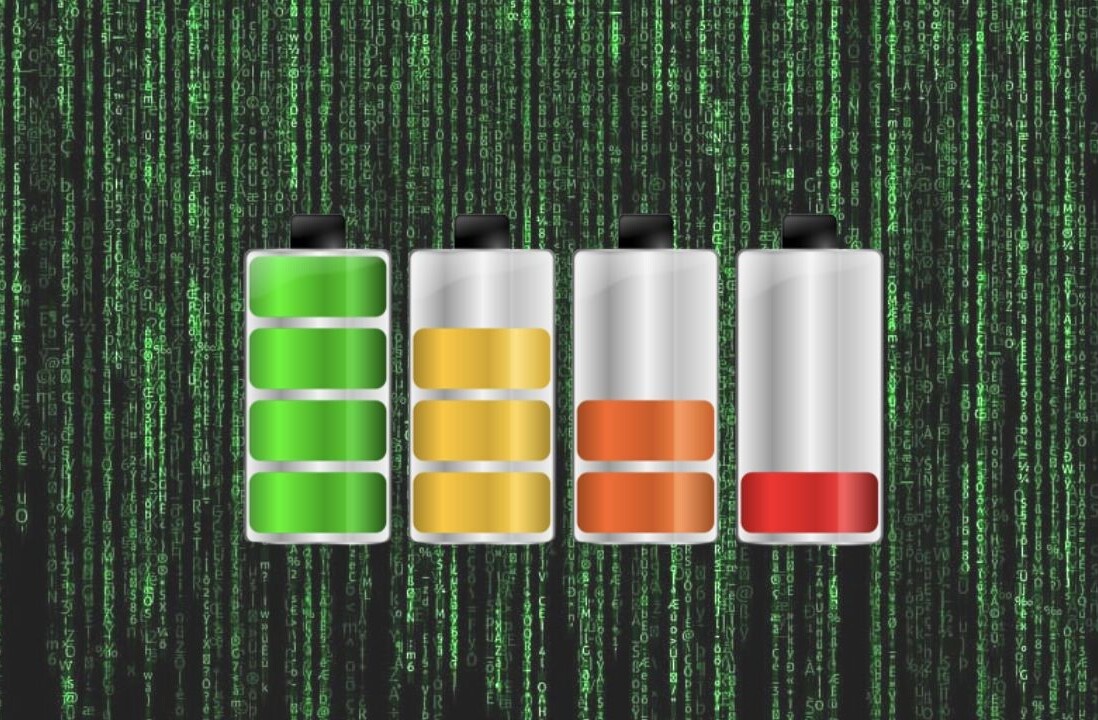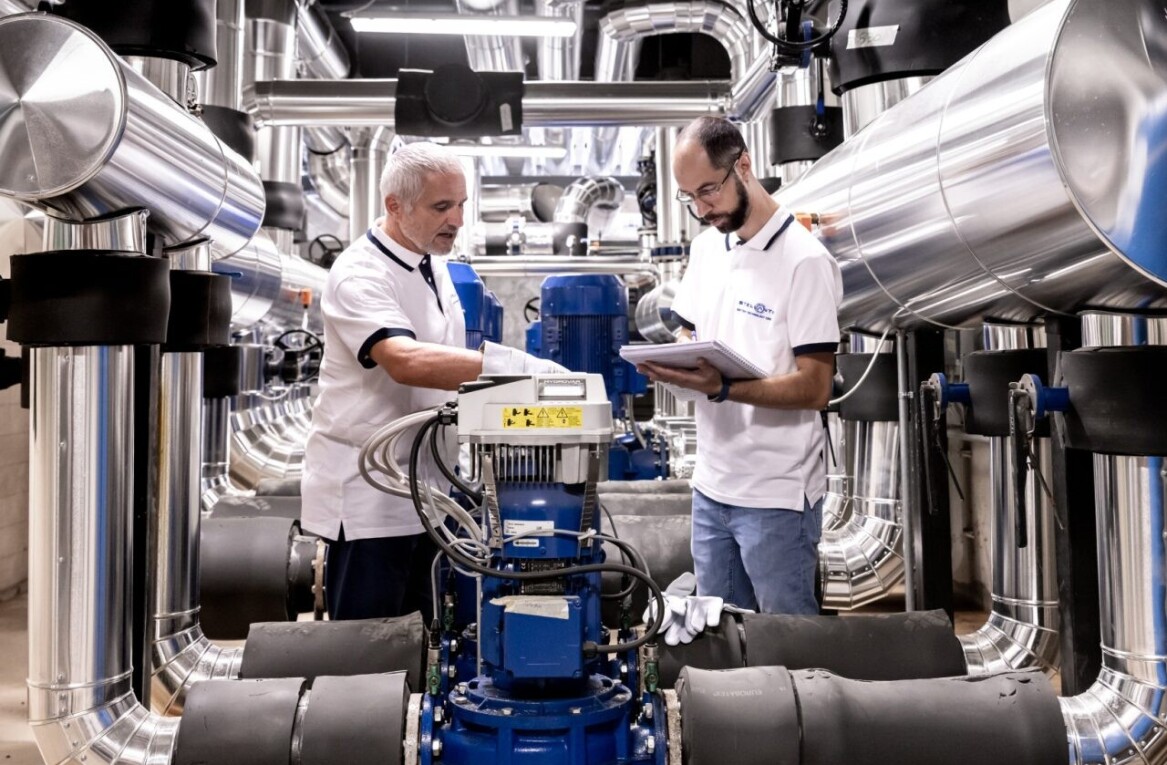
Conventional lithium-ion batteries may have sown the seeds for our transition to electric mobility, but they have certain shortcomings. They’re flammable, their range is still limited, and they’re not as quick to charge as we’d like them to be.
Making EVs more competitive with gas-guzzlers will require remedies for these issues, and to achieve this we need a breakthrough in battery technology.
That’s where lithium-metal batteries come in.
How do lithium-metal batteries differ from lithium-ion ones?
Both battery types use lithium to produce electrical energy and have a similar overall structure.
Simply put, they have an anode (the battery’s negative electrode), a cathode (the battery’s positive electrode), and an electrolyte, which helps transfer lithium ions between the electrodes. In other words, it regulates the flow of the electrical current.
There’s also a separator (a permeable membrane), which keeps the anode and cathode apart to prevent electrical short circuits, while allowing the flow of lithium ions.

In a conventional lithium-ion battery, the anode is made mostly of graphite — a form of carbon that can hold and release charged lithium ions as they move back and forth between the electrodes.
But graphite is merely a host for lithium ions. This means that it can’t store energy or produce a current itself, adding to the battery’s dead weight.
In a lithium-metal battery, the anode is made of lithium instead of graphite. This results in a more energy-dense anode: its atoms can also produce current and store greater amounts of energy, compared to graphite-based ones with the same weight and volume.
But there’s a problem: lithium is a reactive material, and being in contact with a liquid electrolyte can trigger reactions that could degrade the battery or cause it to combust. Especially if batteries are subject to dust, poor handling, or are inappropriately stored.
Solid-state technology to the rescue
To tackle this issue, researchers have turned to solid-state battery tech, replacing the separator and liquid electrolyte with solid equivalents. These reduce the risk of unwanted chemical reactions and short circuits when they come into contact with the lithium anode.
So far, a number of companies that are applying the technology to lithium-metal batteries are on track to deliver promising products.
QuantumScape has developed a ceramic solid electrolyte and separator, while Solid Power has created sulfide-based electrolyte technology. Funded by the US Department of Energy’s ARPA-E, battery company 24M is working on a polymer/solid electrolyte ceramic blend.
Here’s QuantumScape’s explainer video on solid-state lithium-metal batteries:
What are the advantages?
1. Increased energy density and range
Thanks to the lithium-based anode’s capabilities, these batteries can store greater amounts of energy.
24M claims a 30% energy increase, while Solid Power boasts more than 50%. QuantumScape expects its batteries to boost an EV’s range by 80% compared to a lithium-ion battery of the same size.
For instance, an electric car that could travel 402km on a single charge, could drive 724km instead.
2. Longer battery life
The absence of graphite reduces battery degradation, which typically occurs from chemical side reactions between the carbon atoms and the liquid electrolyte in conventional batteries.
3. Faster charging
Solid Power estimates that an EV can be charged to more than 80% in less than 20 minutes — under 15 minutes for QuantumScape.
That’s because a lithium metal anode eliminates the time needed for the lithium ions to diffuse into the carbon particles in a graphite anode.
4. Safety
An EV battery’s flammability is mostly down to its liquid electrolyte. This is typically flammable, and can be volatile and unstable when exposed to high temperatures, leading to an internal short circuit.
So, replacing them with a solid one reduces this risk.
5. Cost
By reducing the expense of the anode materials and manufacturing costs, the batteries’ cost is expected to fall.
Solid Power claims a 15% to 35% price advantage compared to lithium-ion batteries, and according to QuantumScape, such batteries will introduce 483km-range EVs under $30,000.
How close are we to a breakthrough?
Solid Power has made the most significant progress up to now. In March, it completed production of its pilot-scale batches of 22-layer lithium-metal cells, and is now looking to begin its commercial EV battery line, with battery cells of up to 100Ah in capacity.
So far, QuantumScape has conducted its tests on four-layer cells. If its efforts prove successful, it’ll start producing multi-layered cells in 2024.
ARPA-E’s and 24M’s project is currently under development, and will focus on providing batteries for electric planes first, before moving to EVs.
Are we looking at the next mainstream battery?
The technology is still in its early stages and certainly requires more years of research and testing before it can outpace conventional batteries.
Nevertheless, the EV industry is already betting on it.
BMW and Ford have invested in Solid Power, expecting battery packs around 2025. QuantumScape is backed by Volkswagen, and 24M has secured a $9 million investment by the US Department of Energy.
This makes sense if we consider the numerous advantages solid-state lithium-metal batteries could bring to the table.
EVs that charge faster, travel longer, are safer, and cost less would convince more fuel-powered vehicle owners to make the switch, and quicken our transition to electric mobility.
And although we still haven’t seen the application of this technology in real life, I’m optimistic that solid-state lithium-metal batteries could turn out to be the next big thing in electric vehicles.
Get the TNW newsletter
Get the most important tech news in your inbox each week.





